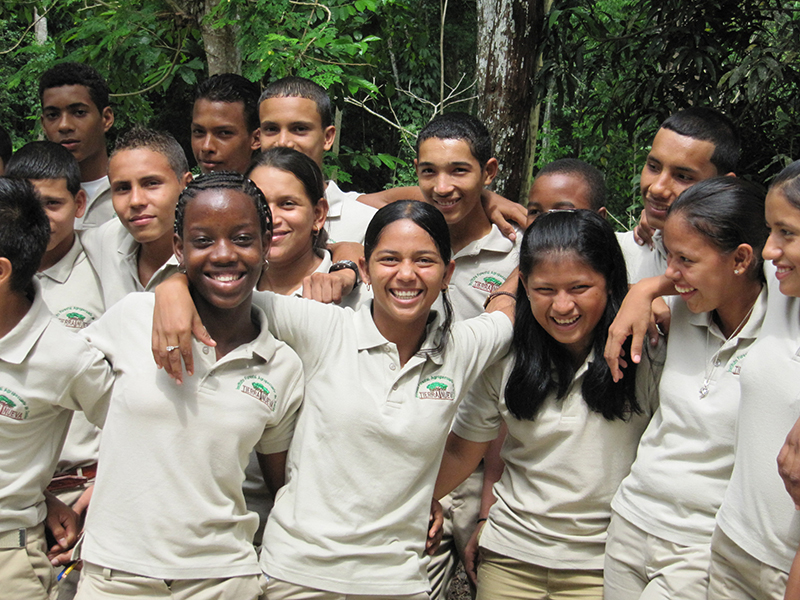
Segundo, a young Embera Indian and indigenous environmental leader, guided my kids on a hot sticky trek through the Darien jungle explaining the incredibly rich biodiversity of this economically poor region of Panama. He leads these eco-treks as a volunteer through a local NGO, and with very limited job opportunities for Embera here, I was curious how Segundo made his living.
Segundo told me that he had not gotten much of a formal education: school was too far away from his indigenous village, not to mention that it had 50 students to a class and poor teaching. However, he proudly talked about how he now fixes air conditioners in this hottest corner of Latin America. When I asked how he got this training, he flashed his smile and said his teacher was, “YouTube por supuesto,” (YouTube of course).”
Segundo represents a different side to what has become an international debate on Massive Open Online Courses (MOOCs) and e-learning, in which a growing number of op-eds, blogs and conference debate sessions question e-learning’s effectiveness, return on investment, sustainability, completion rate and quality.
These are valid conversations for a growing industry that is predicted to have $52 billion a year in investments by 2016. But the reality is that many of the 357 million out of school and out of work young people worldwide don’t care whether social scientists think e-learning is an appropriate way for them to gain skills and knowledge.
Instead, across Latin America, Africa and other regions, young adults like him are flocking not only to YouTube educational videos, but to e-learning aggregator sites such as www.Alison.com, www.CreativeU.com and Coursera to get free access to just-in-time learning—even if it only gains them a certificate of competency completion and not a formal accreditation.
People like Segundo don’t always have time to wait for the results of international debate. And their need and desire to access educational content is not changed by the statistic that less than 10 percent of students in the U.S. finish MOOCs—a fact commonly used to temper the optimism of e-learning’s potential.
At the recent Online Educa global e-learning conference, delegates from African countries also highlighted that the narrow Western definition of MOOCs as being only online multi-week courses offered by universities overlooks the technological limitations in some countries caused by limited bandwidth or Internet connectivity.
Instead, blended learning MOOC approaches from India to Nigeria to Central America have historically more often used Massive Open “On-Air” Courses through radio distance learning, and increasingly access to learning via their Android devices to deliver agricultural or literacy training.
The bottom line as highlighted at the Online Educa conference was the importance of more localized content in local languages. It is pretty intuitive, learners want knowledge contextualized to their situations and in their language rather than just an off-the-shelf example designed for a generic learner.
Colleagues also emphasized that what mattered most to many users in developing countries was either getting certificates to help with employment opportunities or just getting the pieces of information they most need when they need it, be that a course to advance or improve as a teacher or a fixer of air conditioners in the Darien.
For now, Creative will continue to support the trends and the appropriate methodologies and learning effectiveness of online or blended learning platforms and courses, while also building the capacity of our partners to access what they need, when they need it.

